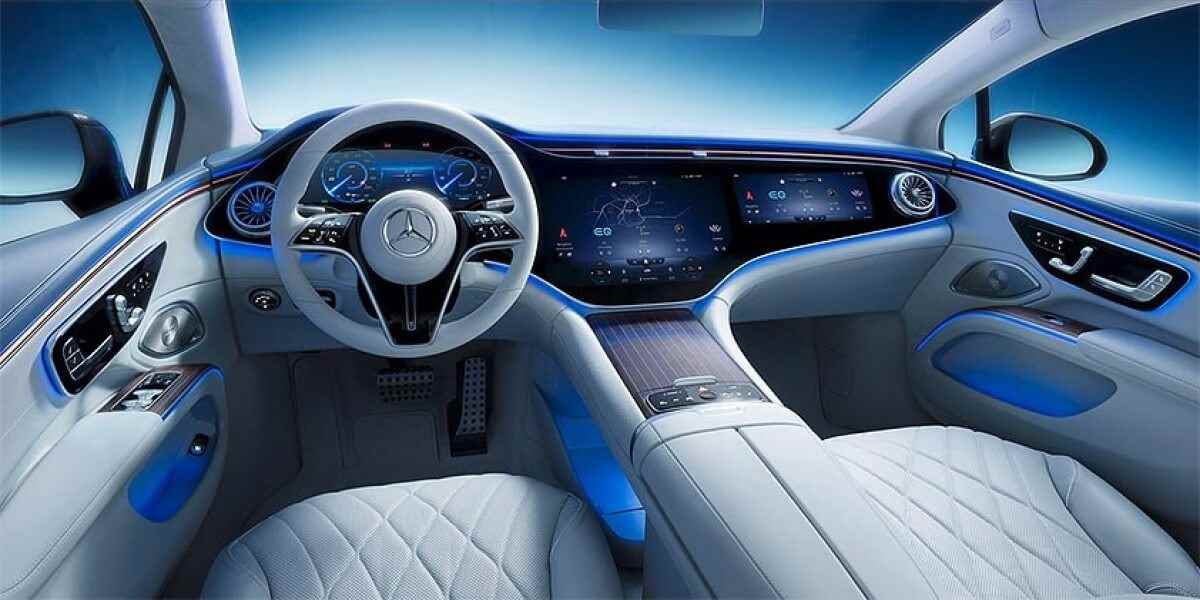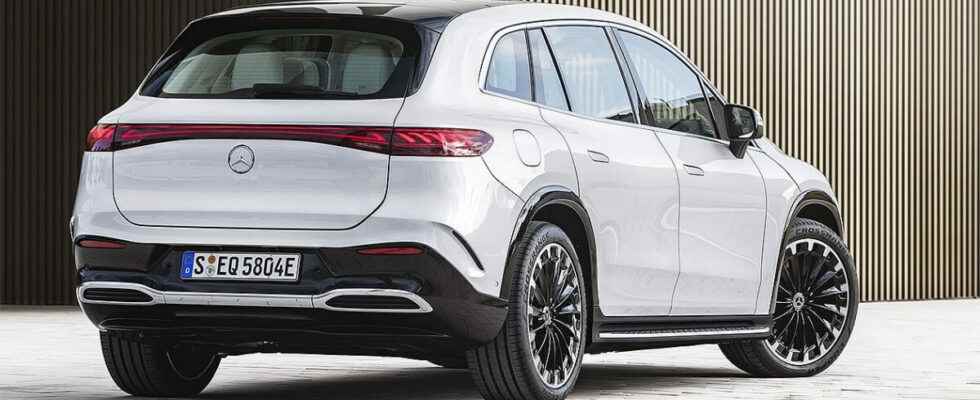Mercedes plans to update all its electric cars with the latest powertrain technology to improve their range. Firstly EQE, EQS And EQS SUV and cars with the new drivetrain are expected to start rolling off the production line next July.
The big news is the front electric motor that automatically disengages. Mercedes already has this technology EQS SUV 580 4MATICand this feature is also taking place in other EQS SUV, EQS and EQE models.
Until now, the front electric motor was constantly connected to the drivetrain, whether it was really necessary or not. While it acts as a generator when not needed, the company calculated that the resistance it brings to the drivetrain is far greater than any electricity it could return. That’s a completely different scenario than regenerative braking, when electric motors can actually restore significant amounts of energy to the car’s battery.
All electric Mercedes cars will now come as standard with a DCU that disconnects the front engine when not needed and connects it back when needed – everything happens in milliseconds and the only difference the driver can notice is the improved range.
See also: Tesla Explained Its Heat Pump Technology With Video
The second major change to the EQE, EQS and EQS SUV is the introduction of heat pump instead of standard and energy-consuming resistance heating. Electric resistance heating has been used as electric cars do not have an engine to absorb the heat, but this type of heating system uses a lot of energy and can have a significant impact on driving range in cold climates.
See also: How Much Range Do Electric Vehicles Lose in the Cold?
The company will install a heat pump on all models as part of its ITM (Intelligent Thermal Management) system, which was initially offered as an option on some EQS SUV models. This system has now become standard equipment.

Finally, the Mercedes EQS 580 4MATIC will receive the newer and slightly more powerful drivetrain that the EQS SUV 580 4MATIC already uses. This means a slight increase in power output for the EQS – from 523 hp to 544 hp and torque increasing by 3 Nm for a total of 858 Nm.
There is no official confirmation of the improved ranges yet, but we can expect to see them as soon as Mercedes completes the WLTP and EPA verification process. It’s great to see advanced technology being incorporated into cars so quickly, the next step will be improved batteries and we’re slowly getting closer to truly uncompromising electric cars.
